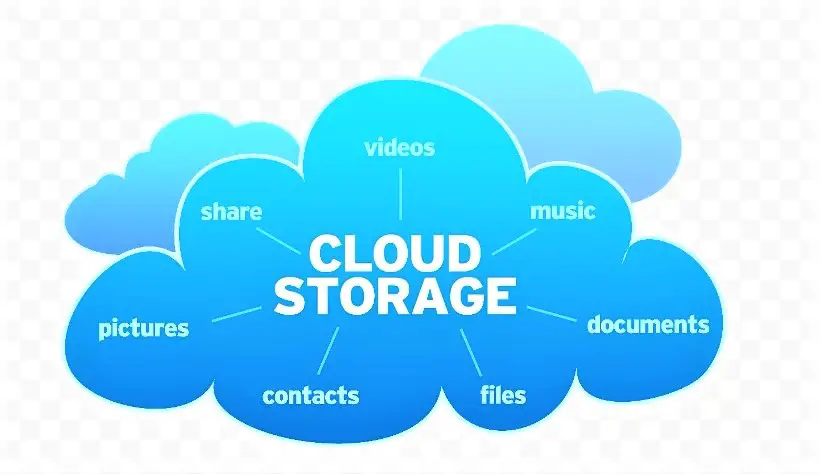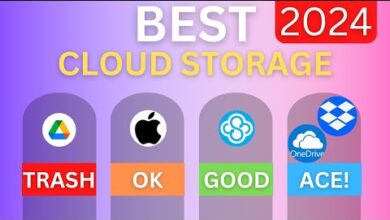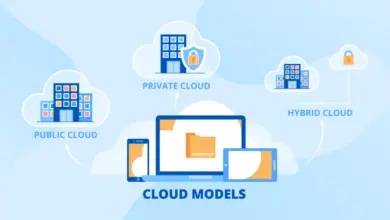7 Ways Students Can Benefit From Cloud-Based Applications -Kat Technical
Transforming Education: 10 Powerful Benefits of Cloud-Based Applications

Benefits of Cloud-Based Applications: In today’s digital age, technology continues to reshape various aspects of our lives, and education is no exception. Cloud-based applications have emerged as a game-changer in the field of education, providing educators and students with an array of advantages that traditional methods simply cannot match. This article delves into the 10 significant benefits of adopting cloud-based applications in education, shedding light on how this transformative approach is enhancing the learning experience.

Enhanced Accessibility and Flexibility
Cloud-based applications break down the barriers of traditional classroom settings. With cloud technology, educational materials and resources become accessible anytime, anywhere. Students can collaborate on projects, access coursework, and submit assignments regardless of their physical location. This flexibility fosters a dynamic learning environment that caters to diverse needs.
Seamless Collaboration and Communication
Cloud-based tools enable real-time collaboration among students, teachers, and even parents. Shared documents, virtual classrooms, and collaborative projects promote interactive learning experiences, encouraging active participation and engagement. Communication gaps are bridged, fostering a sense of community within the educational ecosystem.
Cost-efficiency and Resource Optimization
Implementing traditional educational resources can be costly. Cloud-based applications alleviate this burden by reducing the need for physical materials and infrastructure. Institutions can redirect funds to other crucial areas, such as improving teaching quality and student support services.
Scalability and Customizability
Cloud solutions offer scalability that traditional methods struggle to match. Institutions can easily adapt to changing class sizes or requirements without major overhauls. Customizable features allow educators to tailor learning experiences to individual student needs, enhancing overall comprehension and retention.
Improved Data Management and Security
Sensitive student information and academic records require robust security measures. Cloud-based applications offer advanced data encryption, secure authentication, and regular backups, ensuring the confidentiality and integrity of vital educational data.
Access to Up-to-Date Resources
Educational content becomes outdated quickly, particularly in fast-evolving fields. Cloud-based applications provide access to the latest information, e-books, research materials, and multimedia resources, enabling students to stay current with industry trends.
Eco-Friendly Learning Initiatives
The cloud’s paperless approach aligns with sustainability efforts. By reducing the need for physical textbooks and printed materials, educational institutions can significantly decrease their carbon footprint, contributing to a greener environment.
Streamlined Administrative Tasks
Administrative tasks can be time-consuming and labor-intensive. Cloud-based applications offer automation of administrative processes such as attendance tracking, grading, and scheduling. This efficiency allows educators to allocate more time to actual teaching and student interaction.
Real-Time Performance Tracking
Cloud-based educational platforms often feature analytics tools that provide insights into student performance. Educators can monitor progress, identify areas of improvement, and personalize learning paths to ensure better outcomes.
Preparation for the Digital Future
Incorporating cloud technology into education equips students with essential digital literacy skills. As the professional landscape becomes increasingly tech-driven, familiarity with cloud-based tools prepares students for success in their future careers.
Frequently Asked Questions:
What exactly are cloud-based applications in education?
Cloud-based applications in education refer to software and services hosted on remote servers, accessible via the internet, allowing users to collaborate, store data, and access resources online.
How do cloud-based applications enhance collaboration?
Cloud-based tools provide shared virtual spaces where students and educators can collaborate on projects, share ideas, and provide feedback in real time, regardless of their physical location.
Are cloud-based applications secure for storing student data?
Yes, cloud-based applications employ advanced security measures such as data encryption, secure authentication, and regular backups to ensure the safety of sensitive student information.
Can cloud technology replace traditional classrooms?
While cloud-based applications offer numerous benefits, they are meant to enhance traditional classrooms, not necessarily replace them. They provide additional avenues for learning and collaboration.
Do cloud-based applications require constant internet connectivity?
While an internet connection is required to access cloud-based resources, many platforms offer offline capabilities, allowing students to download materials and work on them without internet access.
How do cloud-based applications cater to different learning styles?
Cloud-based applications can be customized to suit various learning styles. Educators can integrate multimedia, interactive quizzes, and other engaging content to accommodate diverse learning preferences.
Are there any downsides to cloud-based education?
One potential challenge is the reliance on technology; technical issues or connectivity problems could disrupt the learning process. However, advancements in technology are continuously minimizing these concerns.
Can cloud technology benefit teachers as well?
Absolutely, cloud-based applications simplify administrative tasks, streamline grading, and provide insights into student performance, allowing teachers to focus more on effective teaching strategies.
How do cloud-based applications contribute to sustainability?
By reducing the need for physical materials and paper, cloud-based education promotes eco-friendly practices and helps institutions contribute to a greener planet.
How can educational institutions ensure a smooth transition to cloud-based learning?
A well-planned transition includes training for educators and students, robust technical support, and a phased approach to implementation, ensuring that everyone is comfortable with the new technology.
Conclusion
Cloud-based applications are reshaping education by revolutionizing the way students learn and teachers instruct. With advantages ranging from improved accessibility and collaboration to cost savings and enhanced security, cloud-based education is paving the way for a more efficient, engaging, and inclusive learning environment. As educational institutions continue to embrace this technology, students are better equipped to thrive in an increasingly digital world.



